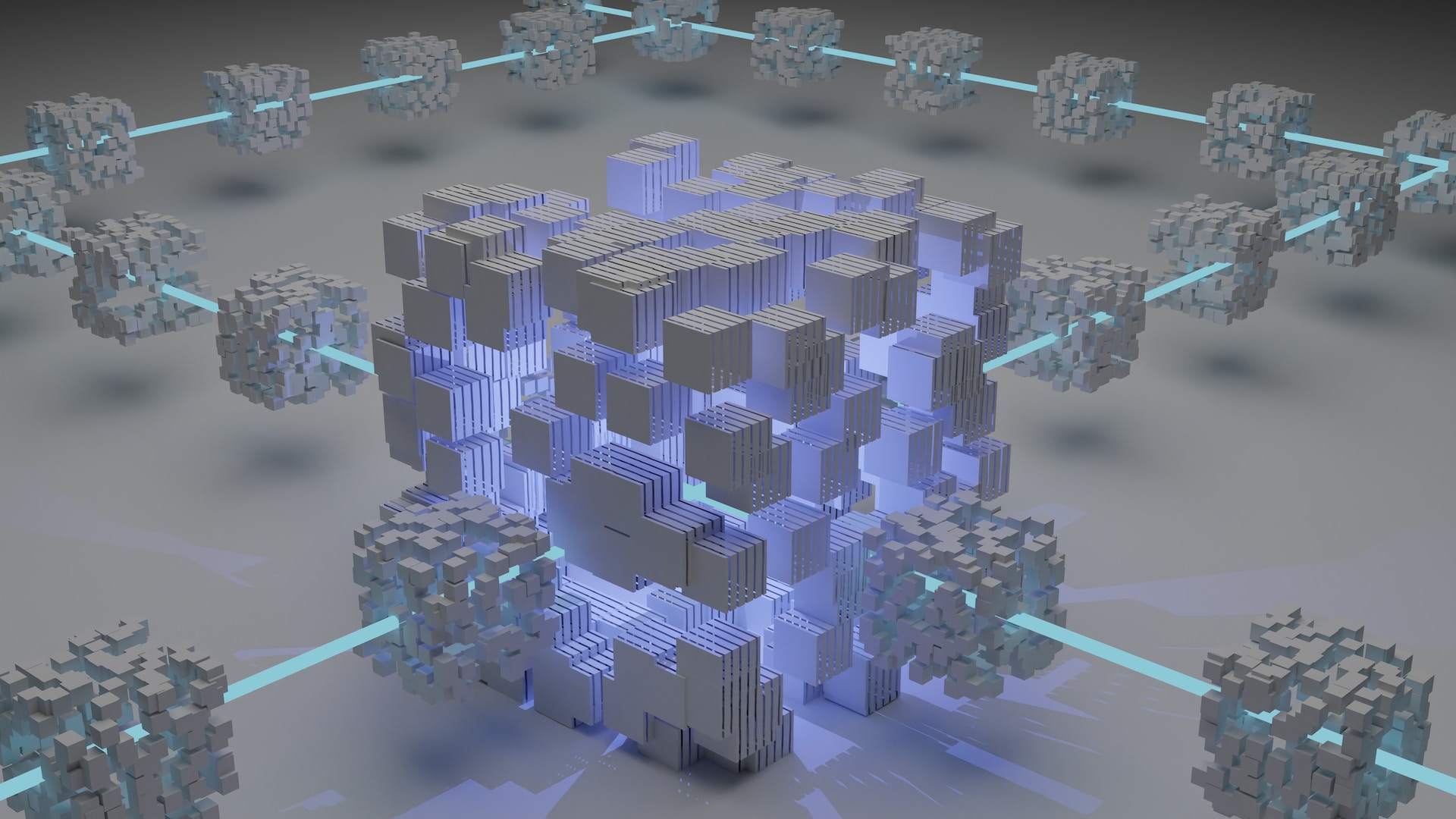
Technology continues to change and evolve at lightning speed. In the process, blockchain and distributed ledger technology (DLT) have emerged as game-changers. They promise to revolutionize industries, enhance security, and streamline processes. Yet, despite their growing popularity, many people still have questions about these innovative concepts and technologies. In this blog, we’ll look at six frequently asked questions about blockchain and DLT to help you gain a better understanding of these technologies.
-
What is Blockchain and Distributed Ledger Technology?
Blockchain and distributed ledger technologies (DLT) are revolutionary digital systems designed to record transactions, contracts, or any data in a secure and tamper-resistant manner. Blockchain, a specific type of DLT, functions as a chain of blocks, each containing a set of transactions. Once a block is added to the chain, it becomes irreversible, rendering it nearly impossible to alter previous entries without the agreement of the network.
DLT, on the other hand, encompasses a broader category of technologies that allow multiple parties to maintain a synchronized digital ledger without the need for a central authority. These systems can be permissioned or permissionless, depending on who can participate. In essence, they provide a decentralized means of recording and verifying data, ensuring trust among participants.
-
How Does Blockchain Ensure Security?
Blockchain and DLT are renowned for their robust security features, which stem from their underlying principles. Each transaction in a blockchain is verified by a network of computers (nodes) employing complex cryptographic algorithms. Once validated, the transaction is added to a block, and the block is linked to the previous one through a unique code known as a hash. This process ensures that past transactions cannot be tampered with because altering one block would necessitate changing all subsequent blocks, which is computationally impracticable.
Furthermore, blockchain networks are typically decentralized, meaning there is no single point of failure. This decentralized nature enhances security by reducing vulnerabilities to hacking or system failures. Participants in the network collectively maintain the integrity of the ledger, making it highly resistant to manipulation.
-
What Are Some Real-World Applications of Blockchain?
Blockchain and DLT have found diverse applications across various industries, transforming how businesses operate and interact. Cryptocurrencies, supply chain management, contracts, and even voting can be done securely on a blockchain system.
Cryptocurrencies like Bitcoin and Ethereum leverage blockchain technology to facilitate secure, peer-to-peer digital transactions. They offer an alternative to traditional financial systems. Many companies are also employing blockchain to track the movement of goods from manufacturers to consumers. This enhances transparency, reduces fraud, and ensures the authenticity of products.
Smart contracts, self-executing agreements, are automating contract enforcement. They trigger predefined actions when specific conditions are met, eliminating the need for intermediaries and reducing costs. Lastly, some governments are exploring blockchain-based voting systems to enhance the integrity of elections. The transparency and security of blockchain can reduce voter fraud and improve the overall election process.
-
Is Blockchain Energy-Intensive?
Blockchain technology can be energy-intensive, primarily in the case of proof-of-work (PoW) blockchains like Bitcoin. PoW relies on miners solving complex mathematical puzzles to validate transactions and create new blocks. This process consumes substantial computational power, which, in turn, requires significant energy resources.
However, there are alternative consensus mechanisms like proof-of-stake (PoS) and delegated proof-of-stake (DPoS) that are less energy-intensive. These methods validate transactions based on the amount of cryptocurrency participants “stake” or hold, rather than relying on computational puzzles. As a result, they significantly reduce the energy footprint of the network, making blockchain technology more sustainable.
-
What Are the Challenges and Limitations of Blockchain?
While blockchain and DLT offer numerous benefits, they also face certain challenges and limitations that need to be addressed for widespread adoption.
Some blockchain networks struggle to handle a large number of transactions quickly and efficiently, leading to slow processing times and high fees. This scalability issue needs resolution to support broader applications. The regulatory environment for blockchain and cryptocurrencies varies widely across different regions, creating uncertainty for businesses and investors. A harmonized regulatory framework is essential to foster innovation and compliance. Ensuring that different blockchain networks can communicate and share data seamlessly is another challenge that needs to be addressed.
-
Can Blockchain Be Hacked?
While blockchain is often touted as nearly unhackable due to its cryptographic security measures, it’s important to recognize that it’s not entirely immune to breaches. Most attacks on blockchain networks occur at the application layer, rather than the core blockchain technology itself.
For instance, hackers have targeted cryptocurrency exchanges, wallets, and smart contracts, exploiting vulnerabilities in these interfaces. Therefore, maintaining strong security practices at all levels of the blockchain ecosystem is crucial to mitigate the risk of hacking.















